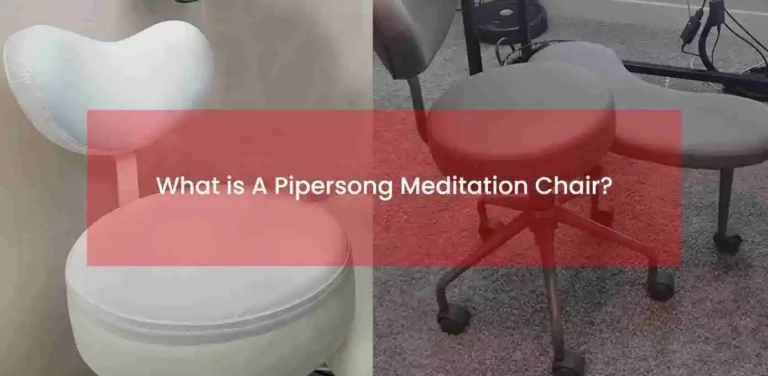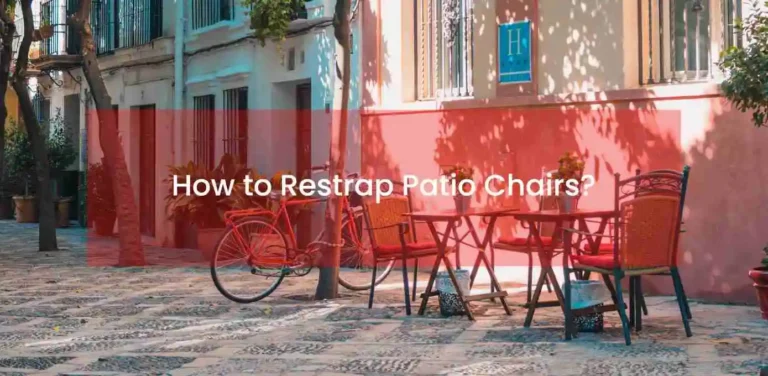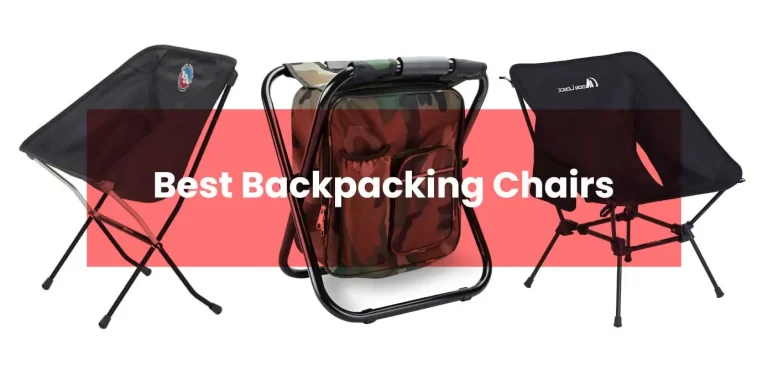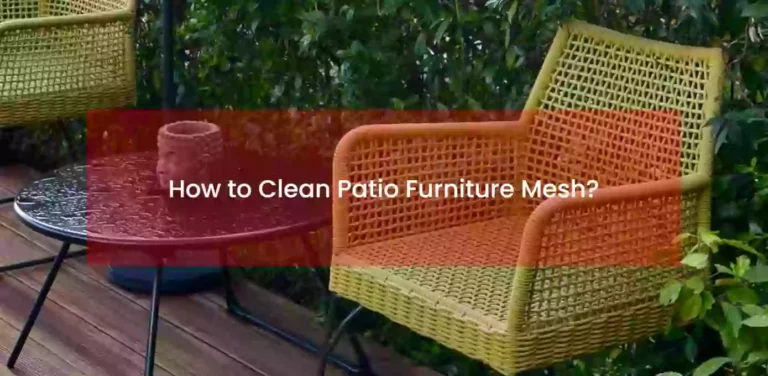You have brand new beautiful furniture, and keeping it in that look doesn’t seem an easy job. Compared with other furniture, the chairs and table are more prone to spillage and scuff. The spillage of water, wine, food, etc. makes the upholstery grimy, leaving permanent marks on the furniture. To cope with this common issue, there comes a product called Scotchgard that provides excellent protection against spills. Here, we will discuss how to Scotchgard a chair and other furniture, how it works, and how to apply it in a safe and effective way.
Scotchgard
The Scotchgard was made by a brand called 3M. By creating a protecting layer, it protects the furniture upholstery, carpets, and fabrics from stains of different types of spills. It creates a protective repellent layer on the surface to prevent the penetration of liquids and other stuff.
Two scientists named Samuel Smith and Patsy Sherman accidentally discovered the Scotchgard formula perfluorooctane sulfonate (PFOS) in 1952. They started selling it after 4 years and got the patent for it in 1973.
Later in 2003, the 3M reformulated the PFOS with perfluorobutanesulfonic acid (PFBS) which has a shorter half-life than the first one.
Scotchgard: How does it work?
The Scotchgard solution makes the protective layer that covers each fiber and protects it from water and other stains. This way, it blocks the entry of liquid, stains, dust, dirt, and other spills from penetrating the chair upholstery, sofa, bed, etc.
Note: The protective, stain-repellent shield reduces the penetration of stains, giving you more time to wipe off the stains and spills. It does not mean the stain will not sink for hours. If you will delay, it will sink, eventually leaving stain marks on the fabric.
The product does not affect the way your chairs look. It won’t harm the furniture upholstery and fabric. Not only for furniture upholstery but also works on other household items like luggage, backpacks, curtain, pillows, etc. It proved safe on delicate clothes and dry-clean-only fabrics.
The protective shield won’t affect the breathability of the fabric and will not fade it. With this feature, you can easily use it during hot conditions.
Applying Scotchgard
Preparation
Place the chair or other furniture outdoors. If not possible, then open all the windows and doors for better ventilation. Move all other items away.
Take a piece of clean cloth or towel and use it to remove the dust and other particles from the chair. Alternatively, you can use the vacuum cleaner too.
Wear a face mask and take the can of Scotchgard. Shake it well.
Spot Test (for Colorfastness)
Find a small inconspicuous part of the chair and spray it until it gets wet. Use a small piece of absorbent cloth to vigorously wipe it. Don’t proceed further if you find a color on the cloth. The spray is safe to use if there is no color on the cloth.
Read out the manufacturer’s instructions for cleaning and maintenance. Don’t apply the spray on leather/suede and if there is an X tag that shows the furniture should not be cleaned with water or solvent. Use Scotchgard suede and nubuck protector for leather-related products.
Spraying the Scotchgard
Keep the can 6” away from the surface and start spraying in a slow sweeping motion. Don’t hold the can in one place, keep moving and cover the whole surface by evenly applying a thin coat. Once done, let the furniture dry for 4-5 hours. Reapply the second coat of the spray and let it dry completely. Keep away pets and kids during the process. Once dry, you can use it.
Dry time varies depending on the environmental conditions. Better ventilation and the use of ceiling fans boost the dryness.






